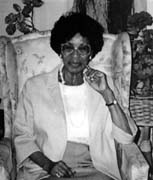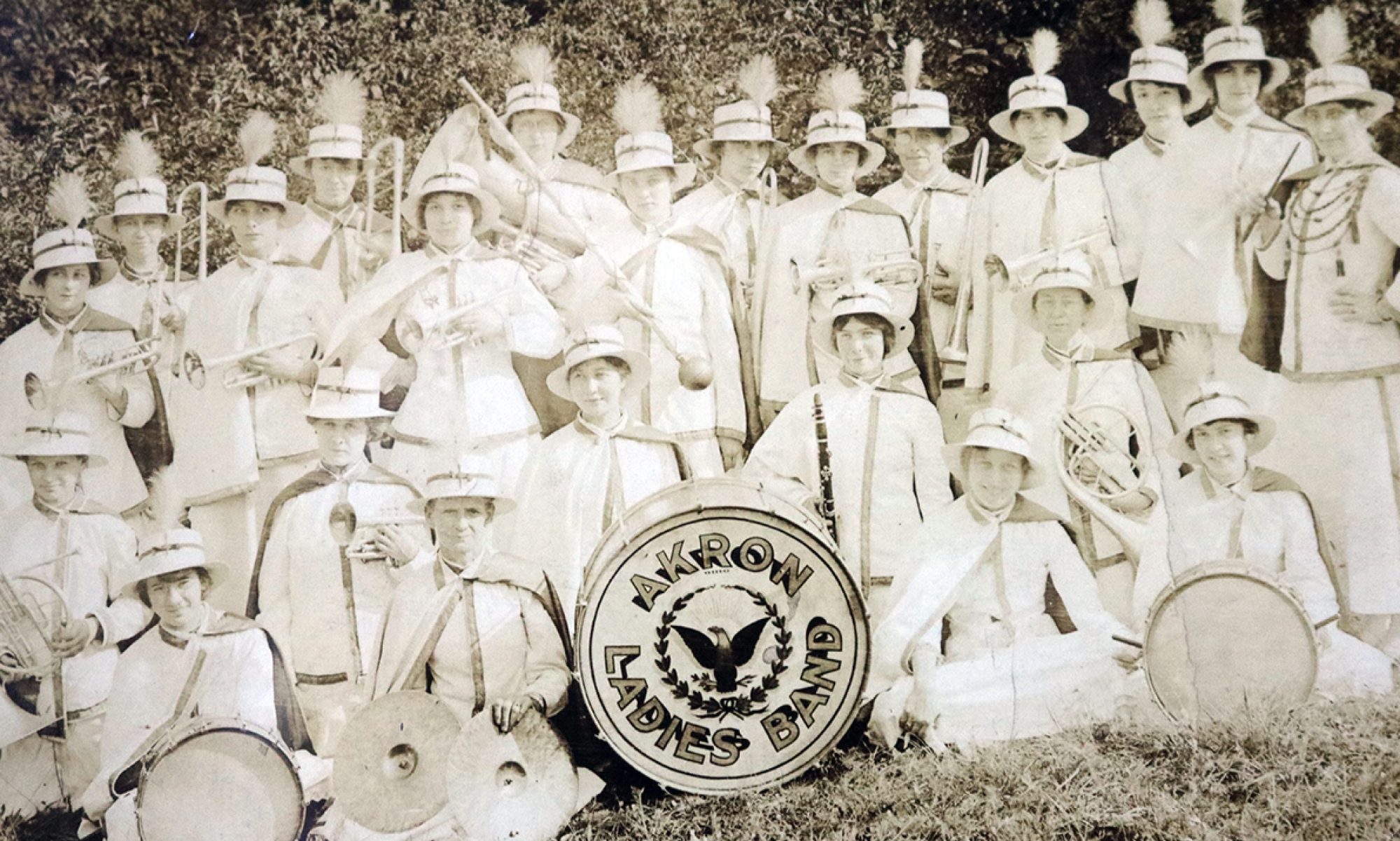
Mary Peavy Eagle, founder of the Akron Council of Negro Women in 1932, had a singular mission in her life, to improve the conditions African Americans faced in Akron, Ohio.
Eagle credited a walk on Glenwood Avenue with opening her eyes. A teacher had taken her children out to recess and it seemed to Eagle that the two or three little African-American children “looked a little less cared for than the others. So then I thought – I see this, so now I’ll have to do something about it.”
Eagle got together a group of women and started a club. “I wanted the mothers to take more pride in their children. We encouraged the parents to join the PTA; visit the schools; meet the teachers, and get to know each other. This would make it easier for the children to do well in school. We also worked with the schools in educational programs. We were successful at that. If there was any way that could help a mother by finding clothing for her children we did. We secured clothing, more food, and what not. We helped any child.” One of her biggest concerns was getting an African-American teacher at Bryan school. Eventually African-American teacher Herbert Bracken was appointed to that school over the protests of some white parents (Oral Black History Project, 1990, The University of Akron Archives).
It was that activism that led Mary Eagle to be the first African-American woman president of a PTA in Summit County.
Eagle, then Mary Peavy, came to Akron in 1924 from Checotah, Okla. Her father came to work in the rubber factories and found a job with Miller Rubber. The Peavys were a big family. Mary was the eldest of seven. Several of her sisters, particularly Anne and Sarah, were also leaders in the African-American women’s community in Akron. Mary Peavy attended old North High School.
By 1927, barely out of her teens, Mary Peavy was superviser of the Young Ladies Progressive Club. Sisters Sarah and Anne were also officers. The club provided services to the poor. They distributed groceries and money to needy families. Other officers included Cora Armstrong, Addie Mae Williams, Ruth Coffee, Ada Driskill and Velma Varner.
In 1929 Mary Peavy married Isaac Thomas Eagle, a Goodyear rubber worker who was also from Checotah, Okla.
In 1932, when most African Americans were struggling during the Depression, Eagle started the Council of Negro Women to coordinate efforts among the neighborhood clubs. In 1936, African-American leader Mary McLeod Bethune copied Eagle’s model and created the National Council of Negro Women.
Eagle did not stop with the Council of Negro Women. She continued her activism throughout her life. In the late 1930s, Eagle heard about a slum clearance program, one of President Franklin Delano Roosevelt’s WPA projects. Eagle contacted her councilman, Ray Thomas, and asked for help. He agreed and the slums on North Street were replaced by the brick homes of Elizabeth Park Homes.
Eagle was always a Democrat. She remained active in Democratic politics throughout her life. She sipped tea with first lady Bess Truman and was invited to President John F. Kennedy’s inauguration. She was also a delegate to the 1954 UNESCO conference in Washington, D.C.
Eagle, a lifetime member of the Mt. Zion Baptist Church, had two daughters, one a teacher in the Akron Public Schools and the other a public relations executive in Houston.
Eagle is buried at Glendale Cemetery.
Photo courtesy of The University of Akron Archives.
–Kathleen L. Endres
